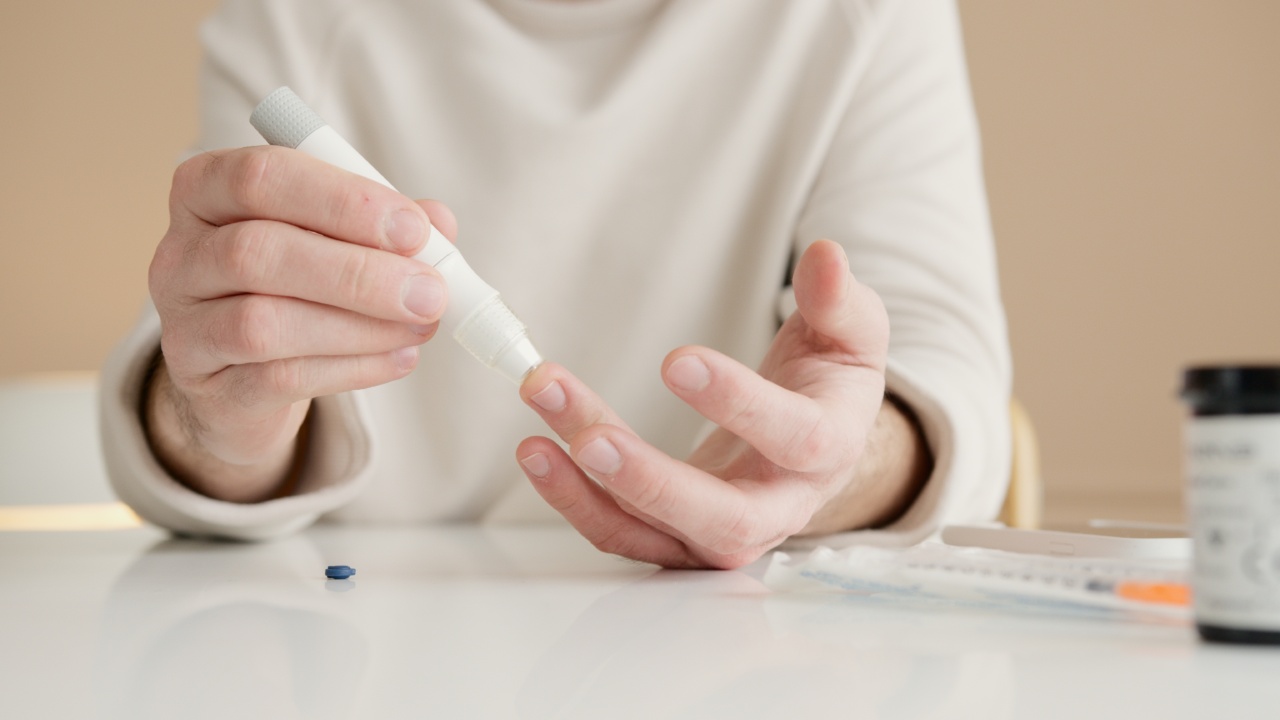Chronic pain is a debilitating condition that affects millions of people around the world. Many patients suffering from chronic pain find it challenging to carry out day-to-day activities and enjoy a normal quality of life.
However, recent advancements in medical technology have paved the way for a revolutionary treatment that offers hope to those living with chronic pain.
The Problem of Chronic Pain
Chronic pain can stem from various medical conditions, including fibromyalgia, arthritis, neuropathy, or even past injuries. It is characterized by persistent pain that lasts for extended periods, typically more than three months.
Chronic pain can significantly impact one’s physical and mental well-being, often leading to depression, anxiety, and a decline in overall health.
Despite its prevalence, chronic pain remains a complex challenge for medical professionals due to its multifactorial nature. Traditional treatment methods usually involve a combination of pain medication, physical therapy, and lifestyle modifications.
However, these approaches may not always provide adequate relief for patients.
A New Ray of Hope
In recent years, a groundbreaking treatment has emerged, offering new hope to individuals suffering from chronic pain.
Known as neurostimulation or spinal cord stimulation (SCS), this treatment involves the use of a small device implanted near the spinal cord to deliver mild electrical impulses.
Neurostimulation works by interrupting the pain signals sent by the nerves to the brain, replacing them with a more pleasant tingling sensation.
By blocking the feeling of pain, neurostimulation can provide significant relief and improve the quality of life for chronic pain patients.
The neurostimulation device consists of small electrodes that are placed near the spinal cord during a minimally invasive procedure. These electrodes are connected to a battery-powered generator, which can be controlled by the patient.
The electrical impulses can be adjusted in frequency and intensity to meet the individual’s specific needs.
How Neurostimulation Works
Neurostimulation targets the specific nerves responsible for transmitting pain signals to the brain.
By delivering electrical impulses, these nerves are effectively “tricked” into transmitting a different sensation, such as a pleasant tingling or massage-like feeling.
The electrical signals produced by the neurostimulation device are typically in the range of 2-40 Hz. When properly adjusted, these signals can effectively block or override the pain signals, providing relief for chronic pain sufferers.
The exact mechanism through which neurostimulation works is still being researched, but it is believed to involve modulating the way the brain perceives pain.
Neurostimulation is most commonly used to treat chronic back and leg pain.
It has also shown promising results in relieving pain associated with conditions such as diabetic neuropathy, complex regional pain syndrome (CRPS), and post-surgical pain that has not responded to other treatments.
Benefits of Neurostimulation
Neurostimulation offers several advantages over traditional pain management methods:.
1. Reduced Reliance on Medication
One of the main benefits of neurostimulation is its potential to reduce the reliance on pain medication. Chronic pain patients often require high doses of opioids or other analgesics to manage their symptoms.
These medications can have numerous side effects and may lead to dependency or addiction. Neurostimulation provides an alternative option for pain management, allowing patients to reduce their medication intake.
2. Improved Quality of Life
Chronic pain takes a toll on a person’s quality of life, interfering with their ability to work, socialize, and engage in activities they enjoy.
By providing effective pain relief, neurostimulation can help patients regain their mobility, sleep better, and experience less anxiety or depression associated with chronic pain.
3. Personalized Pain Relief
Each person’s experience of chronic pain is unique, requiring a personalized approach to treatment.
Neurostimulation allows for customization of the electrical impulses, ensuring that the therapy addresses the individual’s specific pain patterns and preferences. By tailoring the treatment to each patient’s needs, neurostimulation can provide more targeted and effective pain relief.
4. Reversible and Adjustable
Unlike certain surgical procedures, neurostimulation is a reversible treatment. If a patient no longer wishes to continue with neurostimulation or experiences sufficient pain relief, the device can be removed without causing any long-term effects.
Additionally, the intensity and frequency of the electrical impulses can be adjusted based on the patient’s changing pain levels or preferences.
Considerations and Limitations
While neurostimulation shows immense promise in alleviating chronic pain, there are some considerations and limitations to be aware of:.
1. Suitability and Candidacy
Neurostimulation may not be suitable for all individuals with chronic pain. A comprehensive evaluation by a qualified healthcare professional is necessary to determine if a patient is a suitable candidate for neurostimulation.
Factors such as the cause of pain, overall health, and previous treatments will be taken into account.
2. Trial Period
Prior to permanently implanting the neurostimulation device, many patients undergo a trial period where temporary electrodes are placed near the spinal cord.
This trial helps determine if the patient experiences sufficient pain relief to justify the permanent implantation of the device.
3. Cost and Insurance Coverage
While neurostimulation can be life-changing for chronic pain patients, the procedure and device can be costly. It is important to check with insurance providers to understand the level of coverage available for neurostimulation.
Some insurers may require specific criteria to be met before providing coverage.
4. Potential Risks and Side Effects
Like any medical procedure, neurostimulation carries potential risks and side effects. These can include infection, bleeding, nerve damage, or a reaction to the implanted materials.
However, with proper medical supervision and adherence to post-procedure care guidelines, the risk of complications is relatively low.
The Future of Neurostimulation
As medical technology continues to advance, neurostimulation holds immense promise for the future of chronic pain management.
Ongoing research aims to refine and improve the effectiveness of neurostimulation, expand its applications to other types of pain, and further personalize the treatment to meet patients’ individual needs.
Conclusion
Chronic pain no longer needs to be a life sentence without relief. The revolutionary treatment of neurostimulation offers new hope and possibilities for individuals suffering from chronic pain.
With its ability to provide personalized, drug-free pain relief, neurostimulation has the potential to improve the quality of life for countless patients worldwide.





























